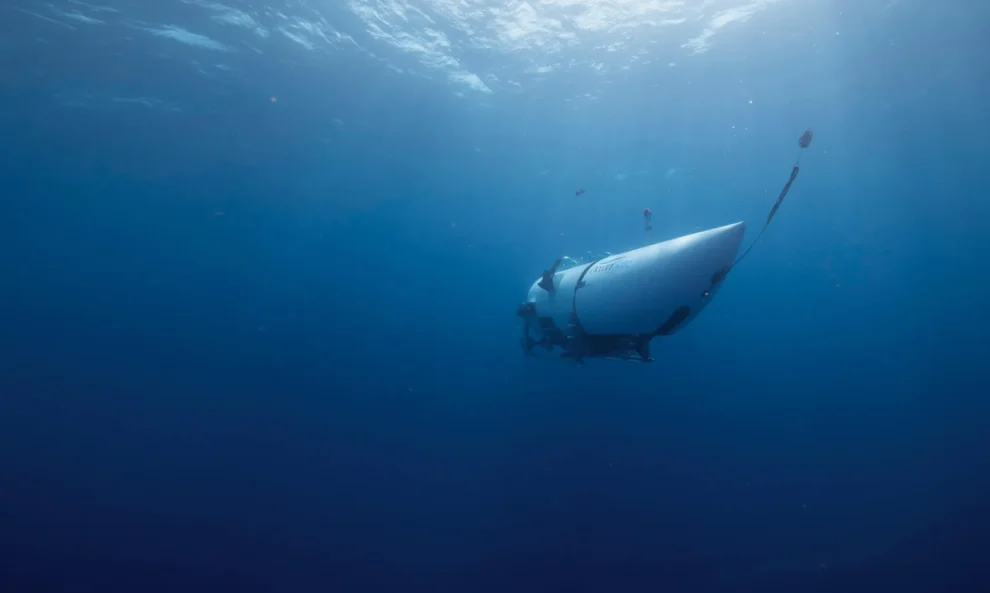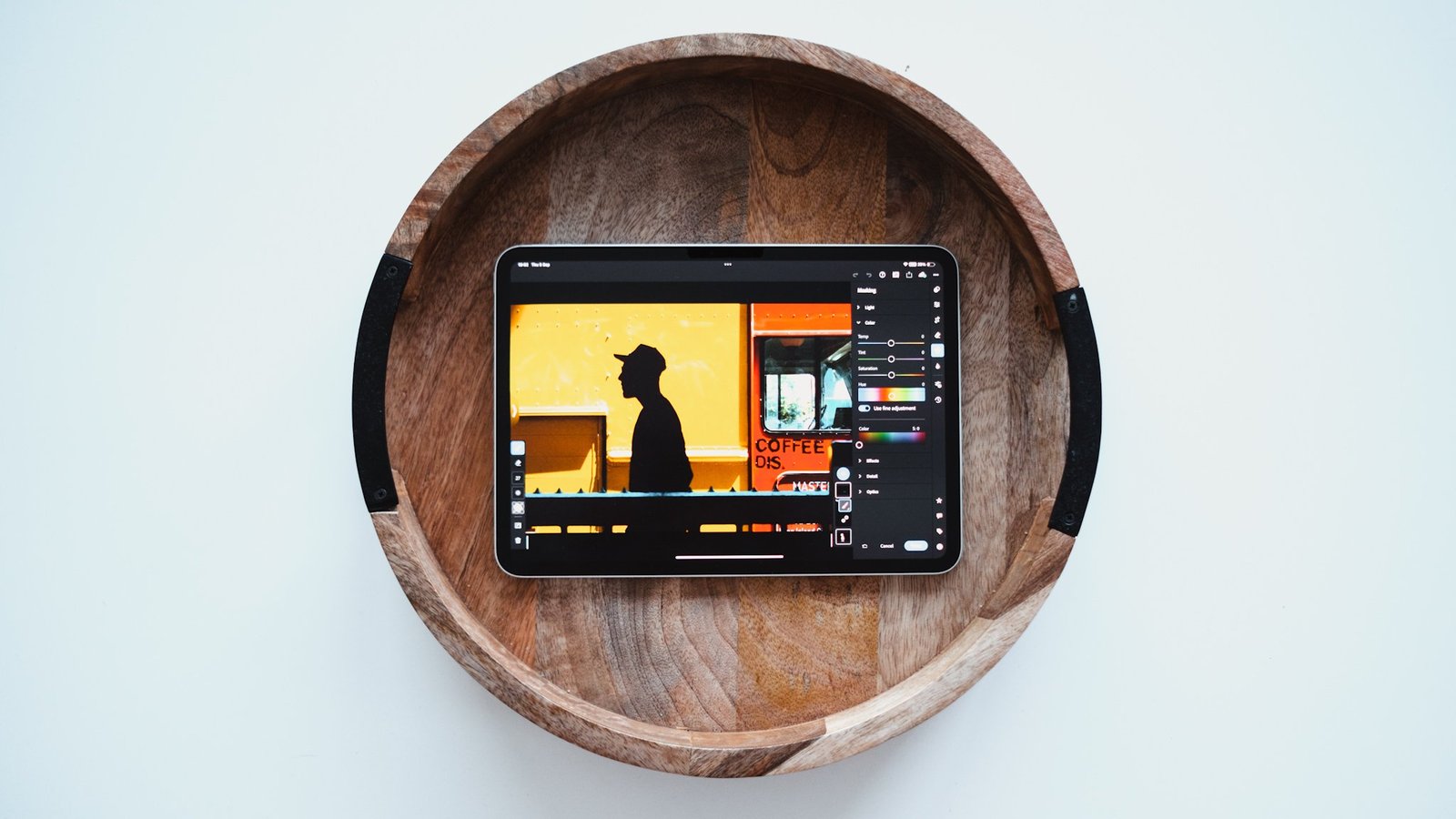The tragedy of the Titan submarine implosion has brought the phenomenon of “micro-buckling” into sharp focus. This form of structural failure occurs when differences in thermal expansion between composite materials—such as the fibers and matrix in carbon fiber composites—lead to deformations under stress. These discrepancies can cause the fibers within the material to buckle under compression, even though they can withstand tension effectively. This waviness under compression facilitates the onset of micro-buckling, a critical failure mode distinct from the more widely understood macroscopic buckling.
Understanding Composite Failure in the Deep Sea
Micro-buckling in the context of submersible vessels like the Titan submarine highlights the complexity of designing materials that must withstand extreme underwater pressures. The failure modes associated with different testing methods for composites, such as the Boeing modified ASTM D695 and the Celanese shear loaded method, underscore the importance of precise, accurate testing to prevent such catastrophic failures. These methods have evolved to minimize stress concentrations and ensure reliable measurements, but the alignment, hardness, and thickness of the components are crucial to prevent premature buckling.
Design Decisions Under Scrutiny
Stockton Rush, CEO of OceanGate, the company behind the Titan, pursued innovative yet untested materials and designs in constructing the submersible. The Titan was built with a combination of titanium, carbon fiber, and glass or plexiglass — materials with differing expansion and contraction ratios, which likely contributed to the failure under the extreme pressures of deep-sea environments.
The Path Forward: Testing and Standards
For future deep-sea exploration technologies, adhering to rigorous testing standards and understanding the limitations of materials under extreme conditions will be crucial. Innovations in testing methods have provided more consistent results by balancing shear and end-loading pressures, yet the challenge remains to adapt these insights to the extreme environments faced by submersibles like the Titan.
The Titan submarine disaster serves as a stark reminder of the critical importance of material science in the design of deep-sea exploration technologies. Ensuring the integrity of materials through advanced testing and standards is vital to preventing future tragedies in the unyielding conditions of the ocean depths.

















Add Comment